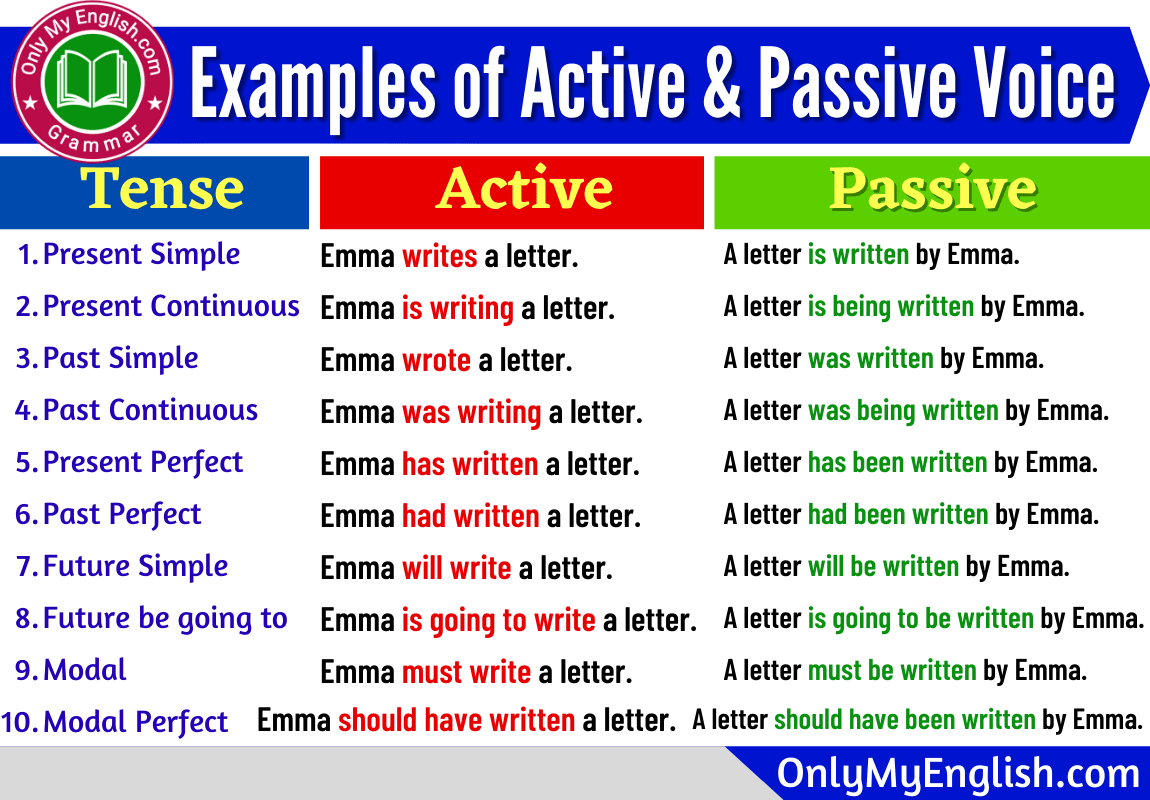Understanding the difference between active and passive voice is essential for effective communication in writing. Active voice is when the subject of the sentence performs the action, while passive voice is when the subject receives the action. Both have their own unique uses and can impact the clarity and tone of your writing.
Using active voice can make your writing more engaging and direct, as it clearly identifies who or what is performing the action. On the other hand, passive voice can be used to focus on the action itself rather than the doer, which can be useful in certain situations.
Examples of Active and Passive Voice:
1. Active Voice Example: The teacher praised the students for their hard work.
In this sentence, the subject “teacher” is performing the action of “praising,” making it an active voice sentence.
2. Passive Voice Example: The students were praised by the teacher for their hard work.
In this sentence, the subject “students” is receiving the action of “being praised,” making it a passive voice sentence.
3. Active Voice Example: The company launched a new product yesterday.
Here, the subject “company” is actively performing the action of “launching,” making it an active voice sentence.
4. Passive Voice Example: A new product was launched by the company yesterday.
In this sentence, the subject “product” is receiving the action of “being launched,” making it a passive voice sentence.
5. Active Voice Example: The chef prepared a delicious meal for the guests.
Once again, the subject “chef” is actively preparing the meal for the guests in this active voice sentence.
Understanding when to use active or passive voice can help improve the clarity and impact of your writing. Active voice is often preferred in most cases as it makes the writing more direct and engaging. However, passive voice can be used strategically to emphasize the action or focus on the recipient of the action. Practice using both types of voice in your writing to enhance your communication skills.
